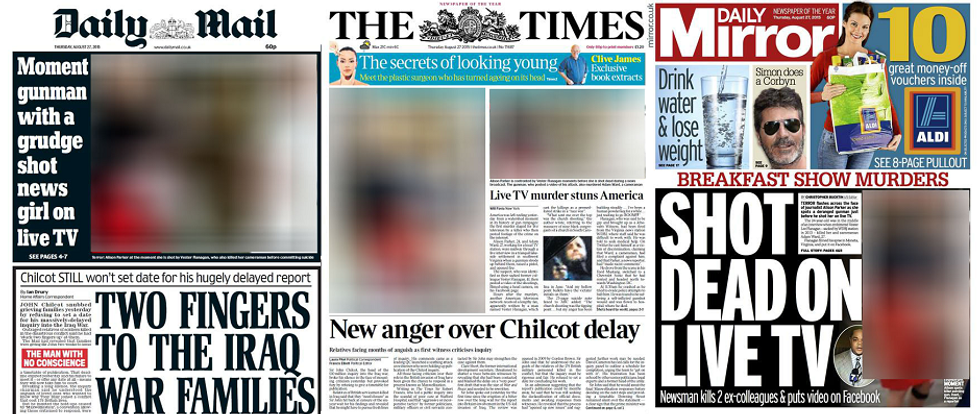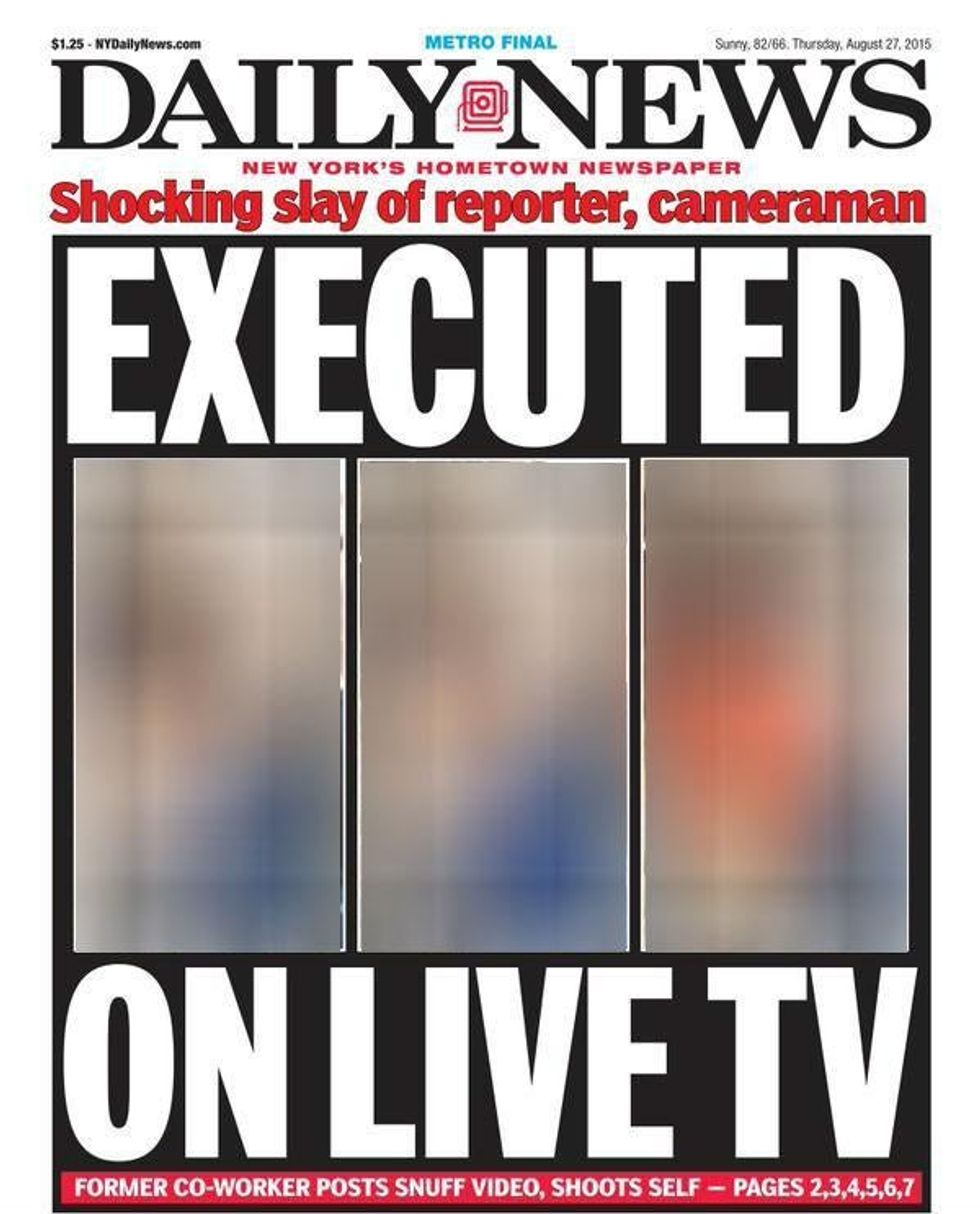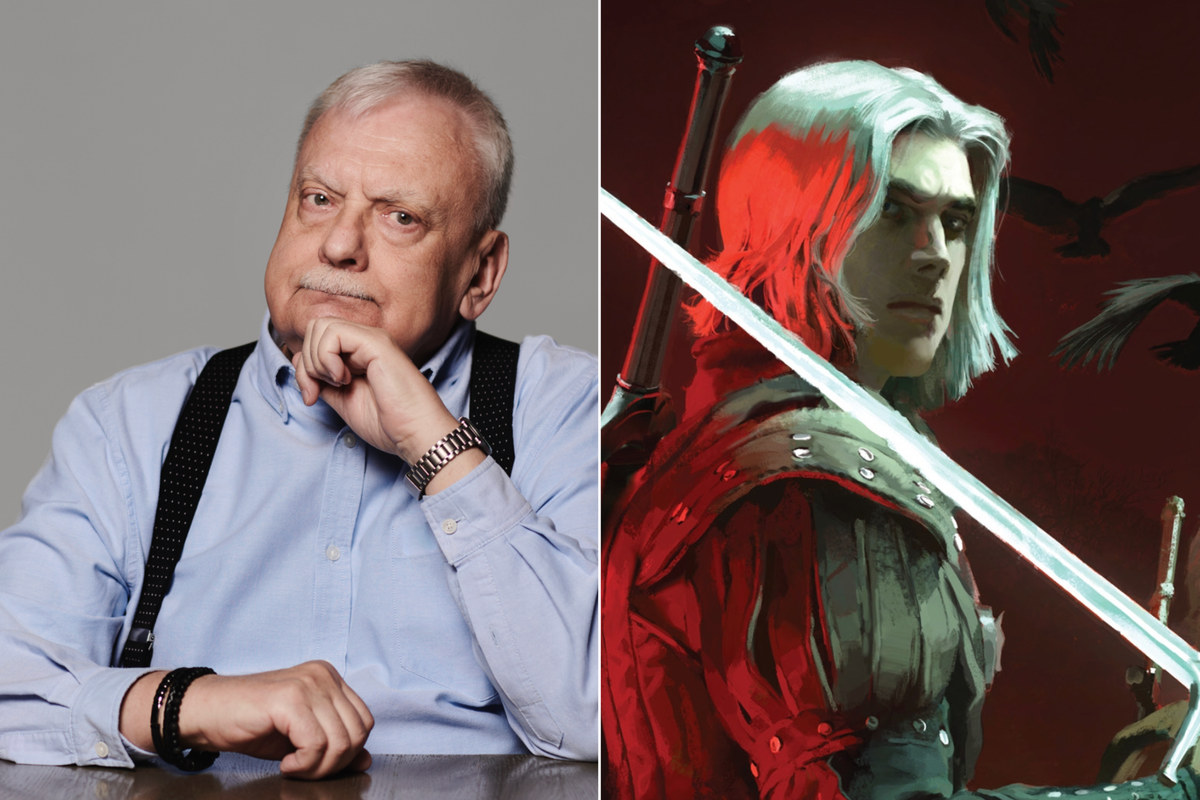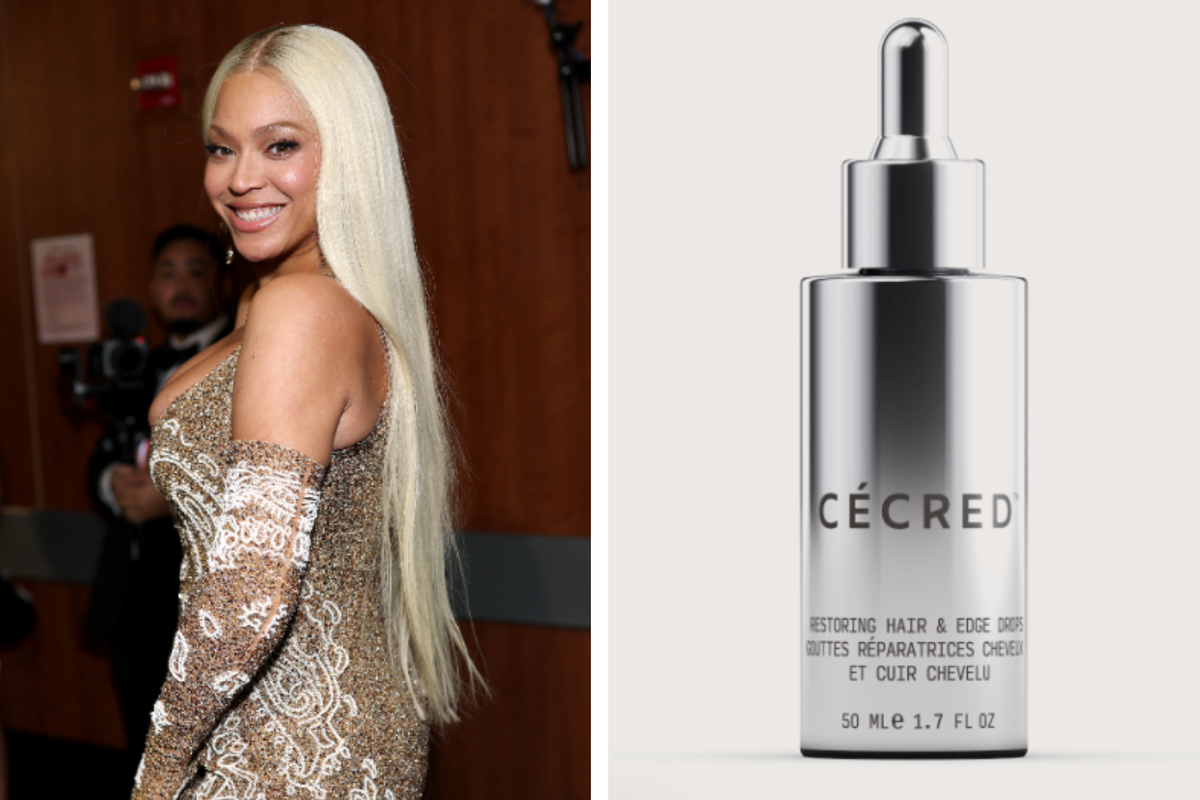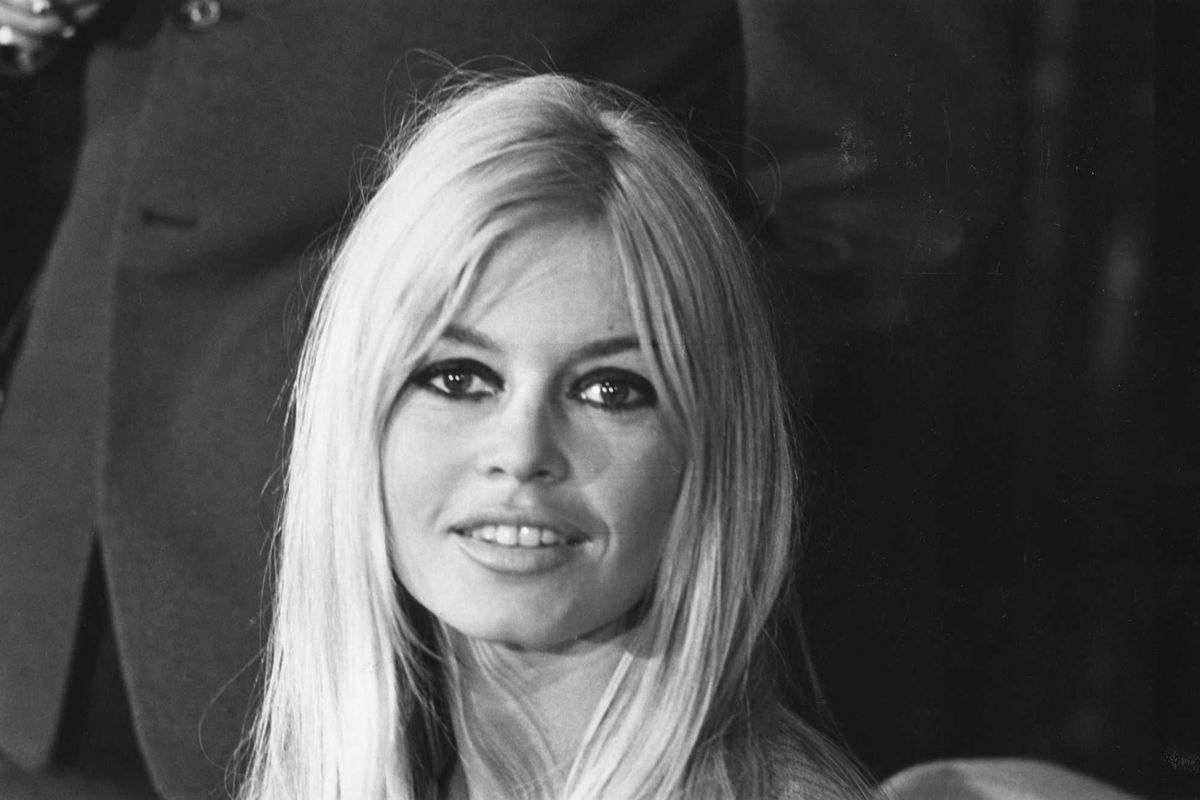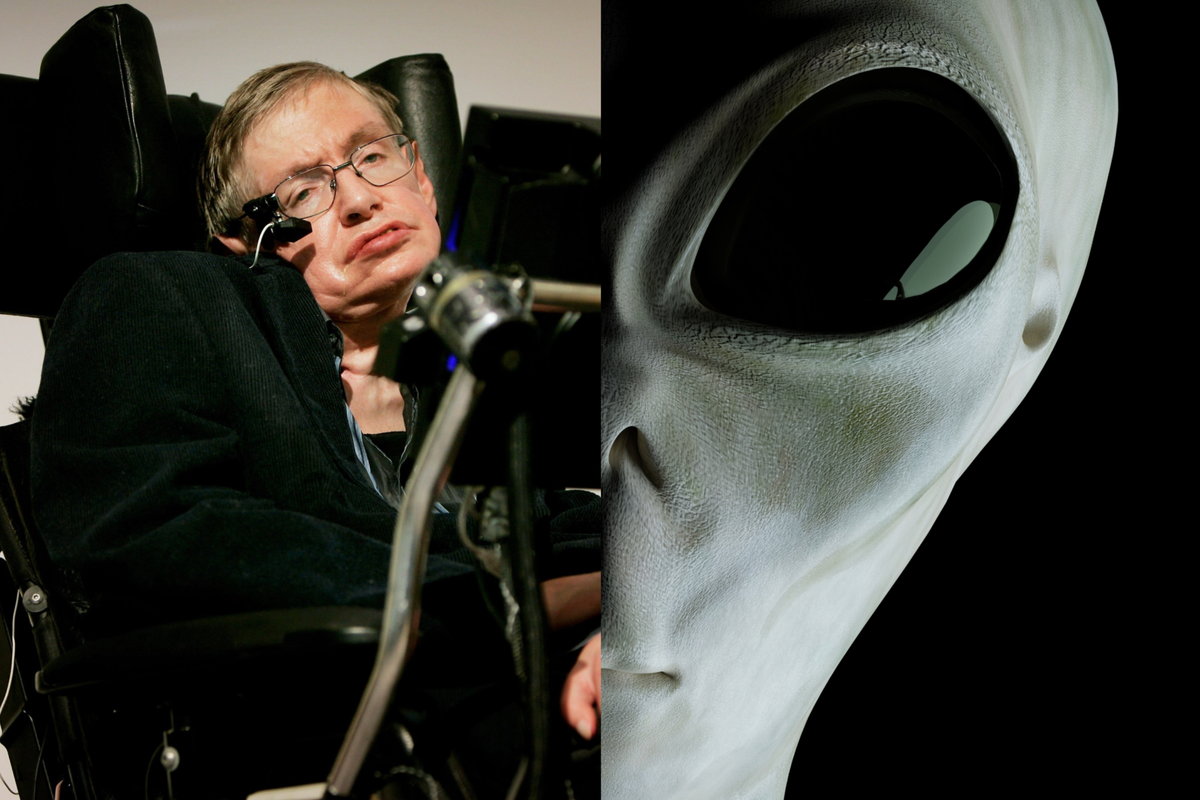News
Evan Bartlett
Aug 27, 2015
The murder of two journalists on a live television broadcast in the US was front-page news on both sides of the Atlantic on Thursday morning.
Footage of the incident had spread quickly online in its immediate aftermath on Wednesday afternoon, with a video from both the television station WDBJ7 itself and then one uploaded by shooter Vester Lee Flanagan, also known as Bryce Williams, being shared on social media.
Newspapers in the UK have been widely criticised for using distressing stills of the moment the shots were fired on their front pages.
Broadsheets and tabloids alike used images that showed the look of shock on Alison Parker's face as her disgruntled ex-colleague opened fire on her and cameraman Adam Ward, with the Sun even urging readers to "watch the chilling video" on its website.
In the US, the New York Daily News came in for particular criticism from both readers and fellow journalists for its use of three distressing stills from the gunman's video under the shock headline: "EXECUTED ON LIVE TV."
The Independent and its sister titles, the i paper and i100.co.uk have chosen not to publish the images, either in print or online.
The Guardian and Daily Express also chose to lead their front pages with dignified images of Parker and her cameraman Adam Ward when they were at work instead.
Local newspapers also shared more sombre front pages:
The Independent's deputy managing editor Will Gore explained:
How to cover such a horrible – and very public – crime raises difficult questions for the media. After numerous discussions in The Independent’s offices on Wednesday, the view was taken that we should avoid images and footage taken by Bryce Williams. Similarly, we did not show images which depicted Alison Parker’s face after the shooting began.
It was a tough call, balancing the need to show a proper degree of compassion with the journalistic duty not to over-sanitise. I hope readers will feel, on the whole, that we got that balance about right.
Similarly, victims' support charities have condemned the use of stills from the video. Colin Murray Parkes, a retired psychiatrist and life president of Cruse Bereavement Care, told i100.co.uk:
That kind of imagery can be very evocative; it can make people particularly vulnerable and upset. The effects on close relatives and family is going to be greatest and likely to give rise to post traumatic stress disorder – a problem when people are facing horrific imagery which almost makes them re-live the event of the death again and again.
A lot depends on the way in which it is presented, but it will stay with people, it may even haunt them to a point where they find themselves unable to watch television or even to leave the house.
- Colin Murray Parkes, Cruse Bereavement Care
Neil Moore, the chief executive of Petal Support - a charity which cares for those affected by murder and suicide - was particularly critical of the use of the shooter's video and called for internet providers to act swiftly to remove similar videos from their services in future. He told us:
The perpetrator of this pre-meditated and callous act has successfully manipulated the filming of the murder scene and this will inevitably have a shocking re-traumatising effect for the families of victims of these horrific murders for some time to come
We would also like to comment on the general need for improved awareness of the mental health issues reported within organisations and other agencies, which seemed to be lacking preceding this tragedy, and we hope that there will be lessons learned not just in Virginia today but also in other countries including the UK.
- Neil Moore, Petal
More: Remembering Barack Obama's point about gun control that shames America
Top 100
The Conversation (0)
